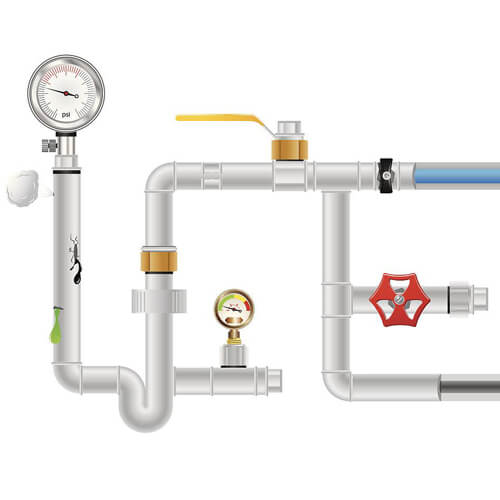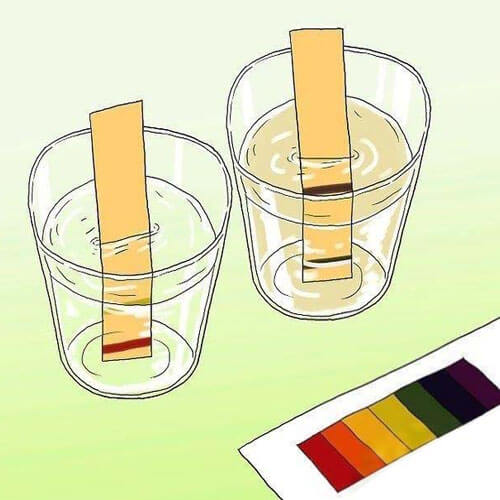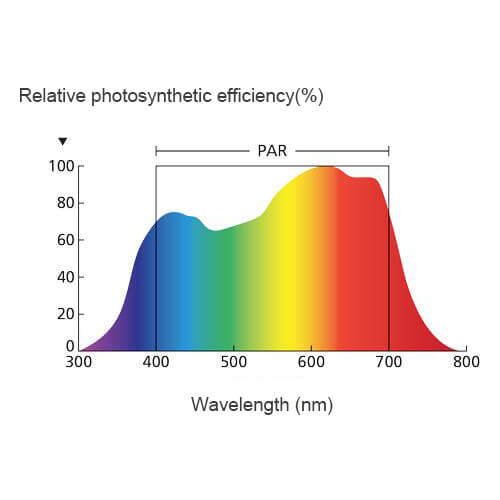What is differential pressure?
Differential pressure is the difference between the values of the pressures at different locations. For example, if the pressure at point A is P1 and the pressure at point B is P2, then the pressure difference from A to B is △P=P1-P2.
Fluid flow in the pipe, need to overcome friction and mutual collision between the fluid, this process of energy loss is called pressure drop. Due to the existence of pressure drop, the pressure value at each position in the tube is different, which is the reason for the differential pressure.
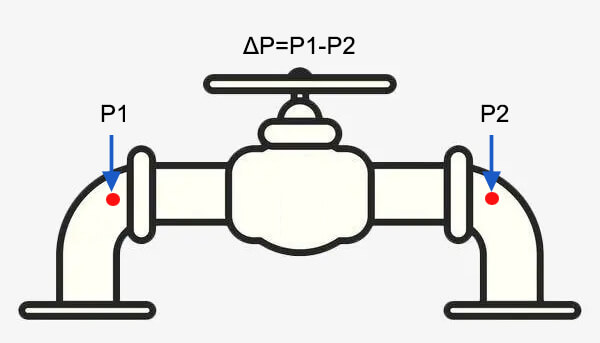
The difference from pressure drop
Pressure drop refers to the decrease in fluid pressure along a section of pipeline or flow channel. In short, it is the pressure drop caused by flow resistance and friction loss in the pipeline when the medium flows from one end of the pipeline to the other. Pressure drop is closely related to the density, speed, viscosity, etc. of the fluid.
Differential pressure is the difference in pressure between two points in the movement of a fluid, that is, the difference between two pressure values. Differential pressure applies to the description of the amount of pressure difference between any two points in a fluid and is not limited to pipes or flow paths.
Differential pressure and pressure drop describe different concepts. Pressure drop is the decrease in pressure that occurs when fluid flows between pipes or valves. Its meaning is more towards the whole process. Caused by friction within the pipe and collision between fluids. Therefore, the pressure drop is affected by the fluid medium and pipe material structure. The pressure difference refers to the value obtained by subtracting the pressure values between different locations in a system. Its meaning is more numerical. It occurs due to uneven stress on the fluid or in different environments. Even if the fluid is at rest, there will be pressure differences at different locations. But when the fluid is not flowing, there will be no pressure drop.
In industry, they are very important concepts. For example, in chemical production and water supply lines, the flow of liquids and gases needs to be monitored and controlled. This reduces production costs and increases productivity. Therefore, when designing and operating these systems, the effects of pressure drop and differential pressure on system performance must be fully considered. In liquid transfer systems, pressure drop affects the design of the liquid bag and transfer piping. It is important to ensure that the size of the liquid bag and the diameter and length of the piping are reasonable so as to minimize pressure drop and energy consumption.
Causes of pressure difference
There are differences in performance between different devices during the manufacturing process. For example, valves, pumps, etc. will have certain deviations due to manufacturing accuracy and wear. Different degrees of resistance or flow changes will occur during use, resulting in pressure differences.
During the production process, in order to meet product quality and process requirements, process parameters need to be adjusted. For example, in a certain process, it is necessary to increase or decrease the fluid speed, lower or increase the temperature, etc. These changes will also produce a pressure difference.
Pipes may become clogged or leak during use, and these problems may cause flow obstruction or leakage, resulting in differential pressure. For example, the accumulation of impurities and sediments inside the pipeline causes obstruction, or the pipeline connections are loose, or the pipeline is damaged and causes leakage. These are all causes of pressure difference.
During production, fluid properties may change. For example, in chemical production, the different raw material components, the accumulation of products during the reaction process, and the density and viscosity characteristics of the fluid are constantly changing. These changes will lead to the generation of pressure differences.
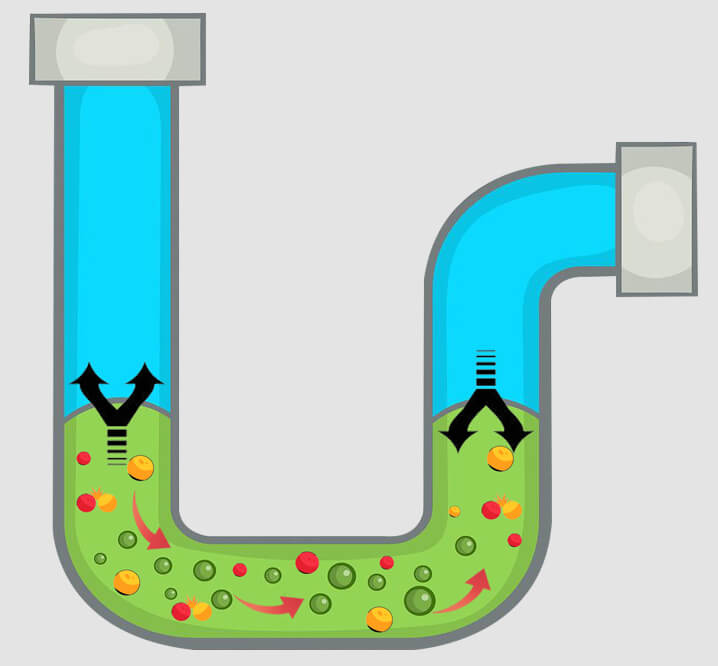
Why is differential pressure important?
Differential pressure can monitor flow and filtration conditions in industrial systems. A sudden drop in pressure differential may indicate a rupture in the filter element or pipe. A sudden increase in pressure difference may be caused by a clogged filter or pipe. The gradual increase in pressure differential may be caused by the additional resistance to airflow in the dust collector caused by accumulated dust on the filter element. Staff clean and maintain the pipeline in a timely manner based on the pressure difference data so that it can flow effectively again.
Beyond that, it has wider applications. In aviation, measuring the pressure difference between an aircraft’s wing surface and the air helps engineers understand an aircraft’s stability. Industrially, by measuring the pressure difference of a liquid in a pipeline, the flow rate and flow rate of the fluid can be calculated. In medicine, measuring differential pressure is used in hemodialysis machines, blood pressure monitoring equipment and artificial heart equipment to provide health data.
What causes high differential pressure?
- Flow: When a fluid flows through a system, the velocity of the fluid is affected by the diameter of the pipe. Pipes with wide cross-sections have fast flow rates and low pressures. Pipes with small cross-sections have slow flow rates and high pressures. This creates a high pressure difference.
- Friction and clogging: Over time, sediment in the pipe and the inner wall that becomes gradually rougher will hinder the flow of fluid. Various sediments can thin or clog pipes, reduce flow rates and cause local pressure increases, resulting in increased pressure differentials.
- Fluid Density: When a gas or liquid flows in a pipe or device. As the fluid temperature changes, the fluid density also changes. This change creates high pressure at high-density fluid locations and low pressure at low-density fluid locations.
- External environment: Changes in the external environment will also have an impact on the pressure difference. For example, changes in air temperature will cause changes in gas pressure difference, and thermal expansion and contraction will also cause changes in liquid pressure difference.
- Equipment failure: When some accessories fail, the pressure difference will also increase. For example, if pumps, valves and other equipment are loose or damaged, the pressure in the relevant pipelines will decrease and the pressure difference will increase.
- System operation: In order to meet product quality and process requirements, certain valves or pipelines need to be closed or adjusted. For example, closing or opening a valve in order to increase or decrease the fluid supply speed will affect the speed of fluid in other pipelines, resulting in a change in pressure difference.
How to measure differential pressure?
Differential pressure sensors are devices specifically designed to measure this data. It can easily and quickly calculate the pressure difference between different locations. Provide data support for staff to inspect and maintain equipment. There are currently five commonly used differential pressure sensors:
1. Rotor type differential pressure sensor
The rotor differential pressure sensor is a sensor based on the principle of rotational inertia, which can realize differential pressure measurement and absolute pressure measurement. Its working principle is to place a fixed rotor in the fluid. When the fluid passes through the sensor, the rotor will be affected by the force of the fluid, and the rotational angular velocity will also change accordingly. The pressure difference is calculated by measuring the angular velocity change of the rotor motion. This sensor has high accuracy and fast response, and is suitable for air flow measurement and oil pressure measurement.
2. Micro differential pressure sensor
A differential pressure sensor is a sensor that can measure the pressure difference or absolute pressure between two points. The working principle is to perform differential measurement through two pressure sensors to obtain the pressure difference. This sensor has high accuracy and good temperature stability. Suitable for liquid flow meters, automotive braking systems, pneumatic control systems and other fields.
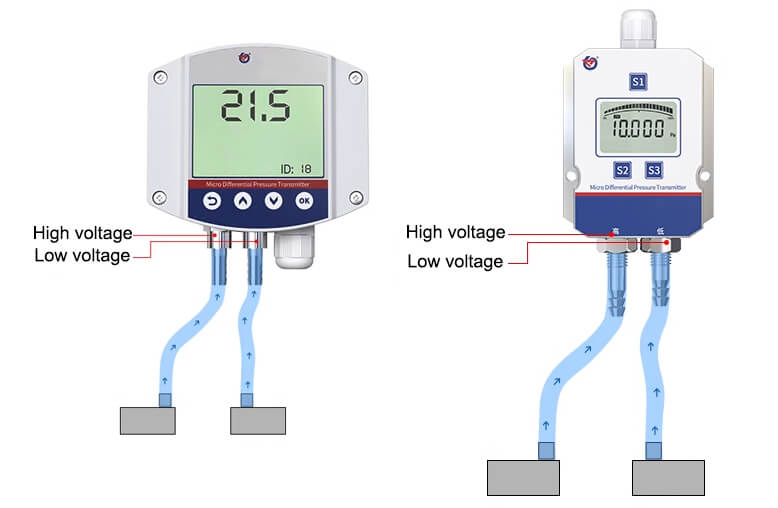
3. Capacitive differential pressure sensor
The capacitive differential pressure sensor uses pressure to twist an elastic element to create a difference in the two capacitance values around the sensor, thereby calculating the differential pressure value. It is also sensitive to very small pressures and can measure pressures ranging from micro to very high pressures. This sensor can also operate in a wide frequency range, from low frequency to high frequency, to meet different types of measurement needs.
4. Resistive differential pressure sensor
This sensor uses photoelectric technology. After two elastic metals are bent and deformed under pressure, the resistance value changes, and the pressure difference is calculated. It has fast response speed and is less affected by external forces. It is suitable for weapons and equipment, aerospace and other fields.
5. Torsion spring differential pressure sensor
This sensor uses the principle of bisexual materials, and the two are laminated together to form a torsion spring structure. When external force acts, the torsion spring deforms. After calculating the thrust elastic coefficient, the value of the pressure difference is obtained. It has a simple structure and long service life, and is suitable for high-cost fields such as water treatment and petrochemical industry.

